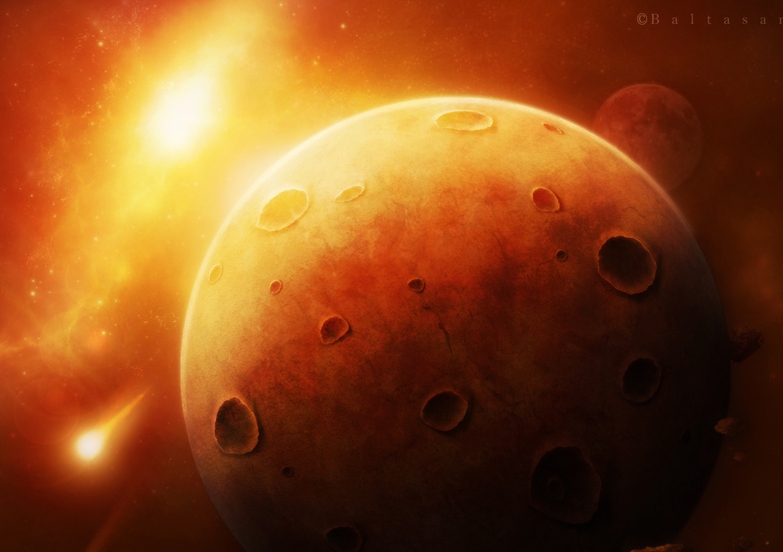Space mining is closer than you think, and the prospects are great
American cosmologist Neil deGrasse Tyson has gushed about the prospects of mining in space. Could it really deliver world peace, or will it be just another realm for competition and conflict, asks Andrew Dempster.


